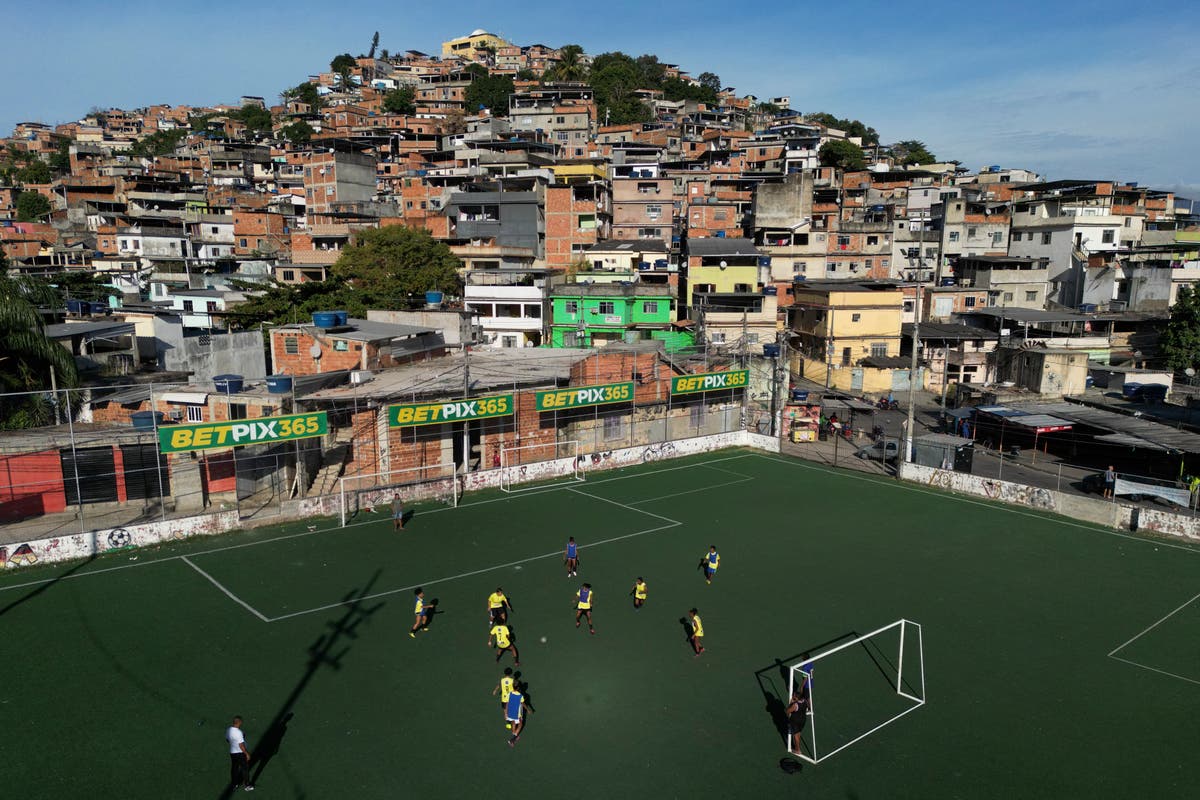
Colorado's second-highest court last week overturned a man's murder conviction and ordered a new trial after finding a witness's identification, based on a suggestive photo array, was unreliable and should have been excluded from trial. On the night of Jan. 30, 2018, two men fought with Ricardo Rivas in the parking lot of his Westminster apartment building.
One of the assailants was taller and thinner and the other was shorter and heavier. Multiple witnesses saw portions of the attack, which culminated in Rivas' fatal shooting. Only one witness saw the shooting.
She was standing near her apartment building up to 100 feet away from the fight and watched for 40 seconds. The witness maintained the shorter, heavier man was Rivas' killer. Four months after the witness gave her initial account to police, including a description of the suspect, police presented her with six photos of men who resembled each other.
The witness identified Juan Manuel Castorena as the shooter with 80% certainty. Jurors subsequently convicted Castorena of murder and he is serving life in prison. On appeal, as he did before trial, Castorena challenged the reliability of the witness's identification of him through the photo array.
First, there were other suspects who matched the shooter's description. Second, the witness ultimately could not identify Castorena as the shooter during the 2022 trial. Third, the witness's description changed slightly over time.
Moreover, the defense argued the police's photo lineup was improperly suggestive. The witness originally told officers the shooter was wearing a hooded sweatshirt. In the photo array, Castorena was the only one who had a hoodie on.
During a pretrial hearing, then-District Court Judge Robert W. Kiesnowski Jr. conceded the photo display was problematic.
"My heartburn is the hooded sweatshirt," he said. "Lo and behold, the only person that’s wearing a hooded sweatshirt — almost like a halo, so to speak — is the defendant." Photo by Liam Adams The Adams County Justice Center Despite finding the photo array suggestive, Kiesnowski nonetheless concluded the witness's determination was reliable, given her view of the shooter's face and the confidence with which she made the photo identification.
On appeal, Castorena again disputed the reliability of the identification. His attorney cited to research illuminating the fallibility of eyewitness memories . The Innocence Project has also reported that of 367 DNA-based exonerations, 69% of the cases entailed witness misidentifications of the defendant.
"Were there some inconsistencies over four years? Sure. But that’s a natural part of this process. Over four years, it makes sense that a description’s gonna change a little bit," Assistant Attorney General Sonia Russo told a three-judge panel of the Court of Appeals during oral arguments.
Like the trial judge, the panel agreed the fact that Castorena was the only suspect in the photo array with a hoodie made the lineup suggestive to the witness. Therefore, her out-of-court identification had to be sufficiently reliable to be used as evidence. The panel concluded it was not.
Decided: October 24, 2024 Jurisdiction: Adams County Ruling: 3-0 Judges: Katharine E. Lum (author) Rebecca R. Freyre Matthew D.
Grove First, the appellate judges were concerned that the witness had seen the shooter from up to 100 feet away at nighttime. "We have found a few cases upholding identifications made from twenty to fifty feet away, but those cases involved daylight conditions," wrote Judge Katharine E. Lum in the Oct.
24 opinion. In addition to the witness's shifting physical description of the shooter, the panel found no evidence about what Castorena looked like at the time of the murder. Finally, four months had passed between the crime and the photo identification.
"While other witnesses and evidence placed Castorena at the apartment complex that evening and linked him to the fight with the victim," Lum wrote, the "out-of-court identification was the only evidence that Castorena — and not the (slender assailant) or anyone else — had shot the victim." Because the eyewitness's unreliable identification likely affected the verdict, the panel ordered a new trial. The case is People v.
Castorena..














